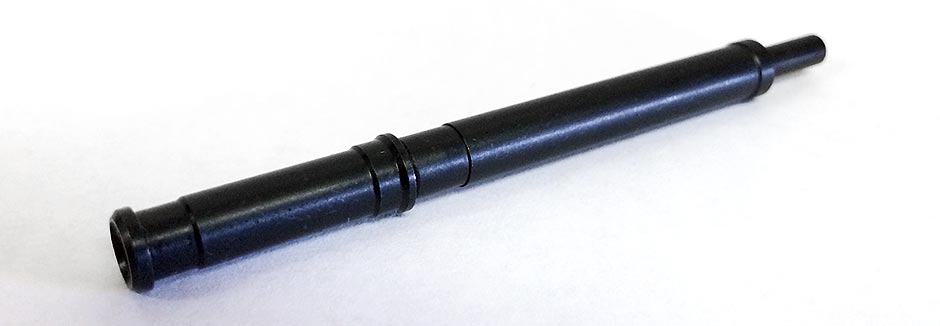
Axial Shaft
This investment cast part helps improve the function of a hydraulic hammer. The axial shaft is pr...
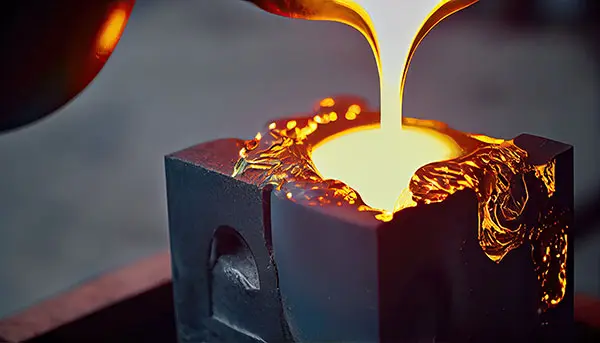
Low Alloy Steels: 1020, 1045, 1050, 1095, 4131, 4140, 4150, 4340, 6150, 8620, 8650
Martensitic Stainless Steel: 410, 416, 420, 431, 15-5PH, 17-4PH, 440A, 440C, CA-6NM
Austenitic Stainless Steel: 303, 304, 304L, 316, 316L, 316/NonMag, CF-8, CF-3, CF-8M, CF-3M, 330, 347, 20-CB3, Alloy 20, CN-7M, CF10-SMnN
Ferritic Stainless Steel: 409, 430, 436, 446
Duplex Stainless Steel: ASTM A890 Grade 4A
Copper Base Alloys: CDA872, CDA875, CDA876, CDA903, CDA905, CDA954
Tool Steel: A2, A6, D2, D5, L6, M2, M52, O1, S5, S7
Gray Iron: Class 25 Gray Iron, Class 30 Gray Iron, ASTM A436 Type 2
Ductile Iron: 60-40-18, 65-45-12, 80-60-03, ASTM A439 Type D-2C
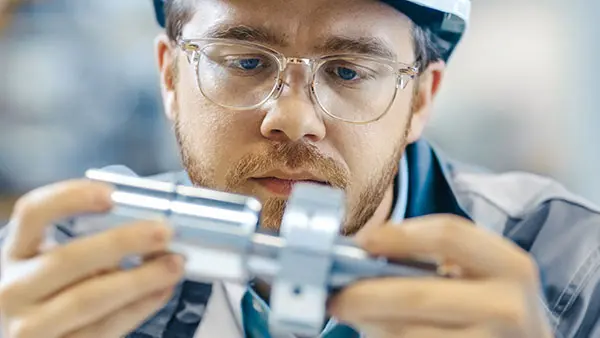
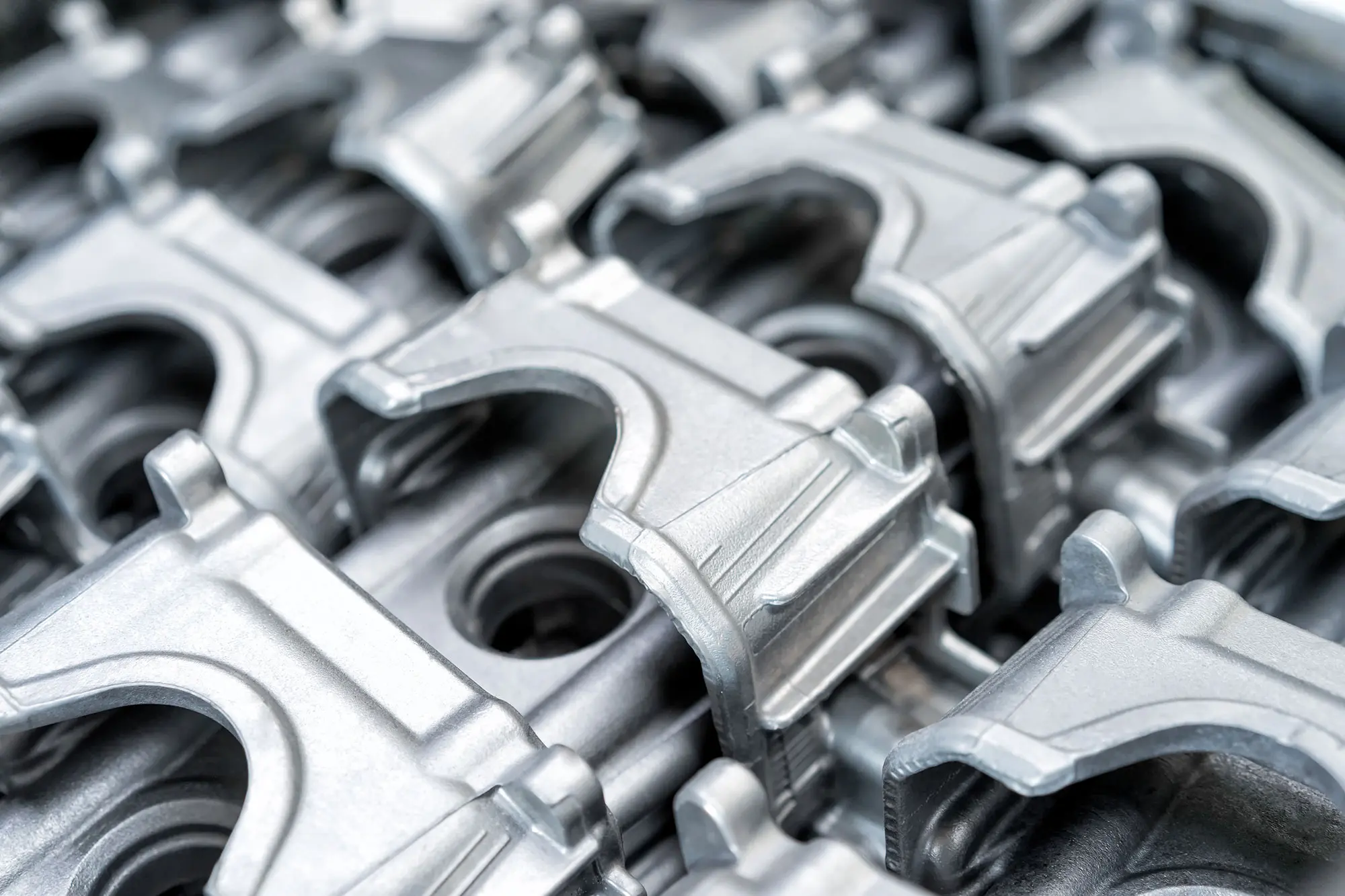

This investment cast part helps improve the function of a hydraulic hammer. The axial shaft is pr...
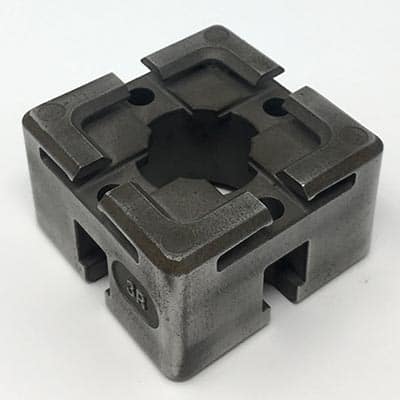
AmTech manufactures this investment cast Cable Assembly, used in landscaping vehicle systems.
...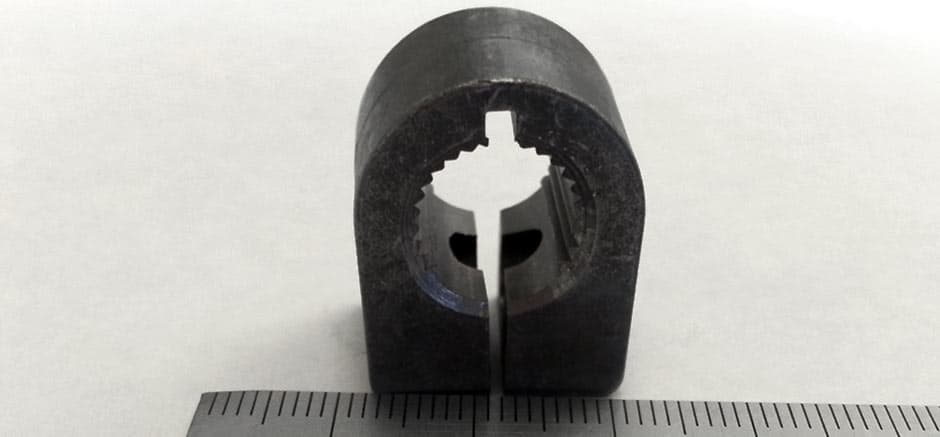
AmTech manufactures this investment cast housing to serve as a cable control boss, used in a tran...
